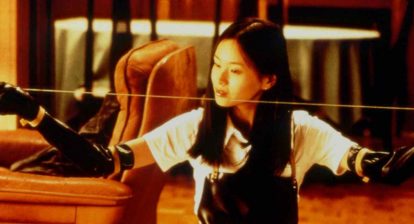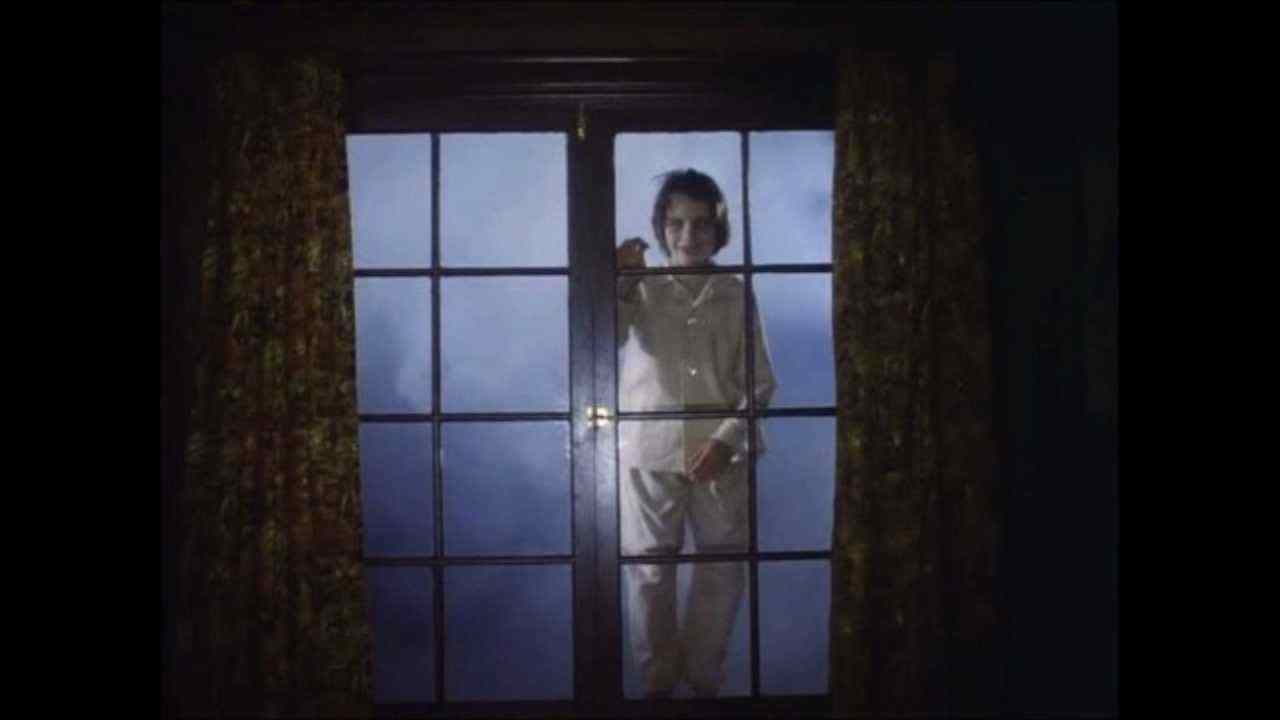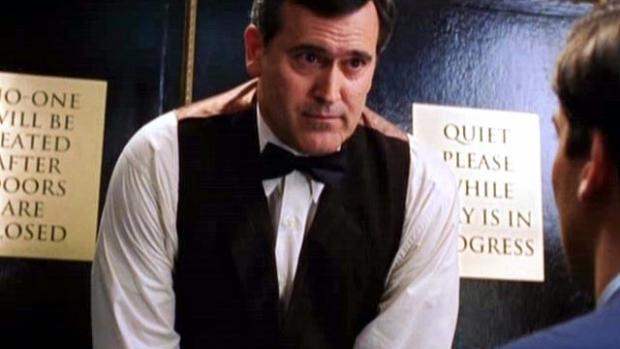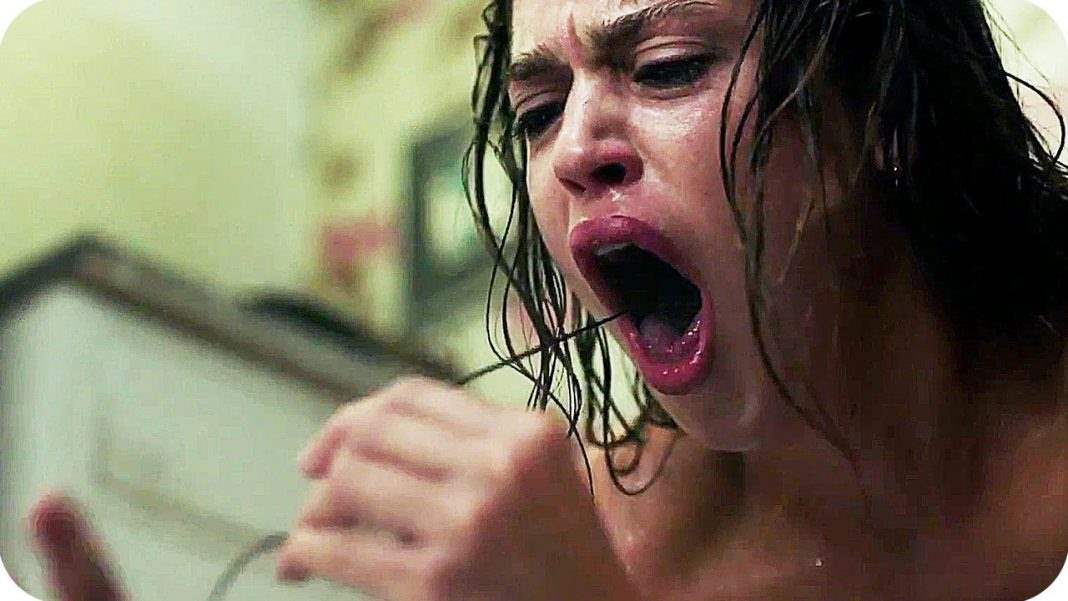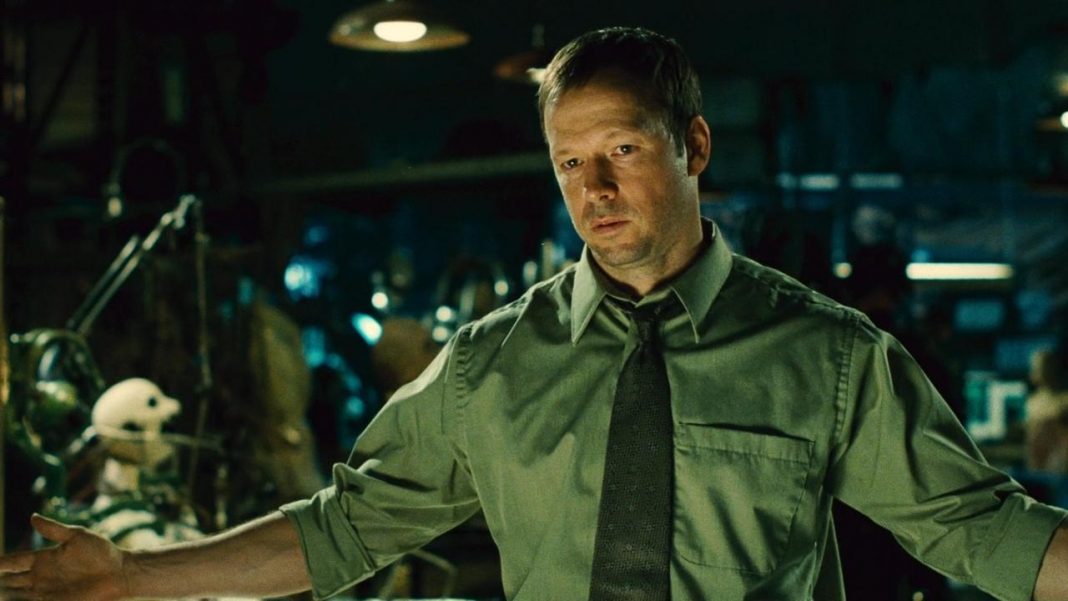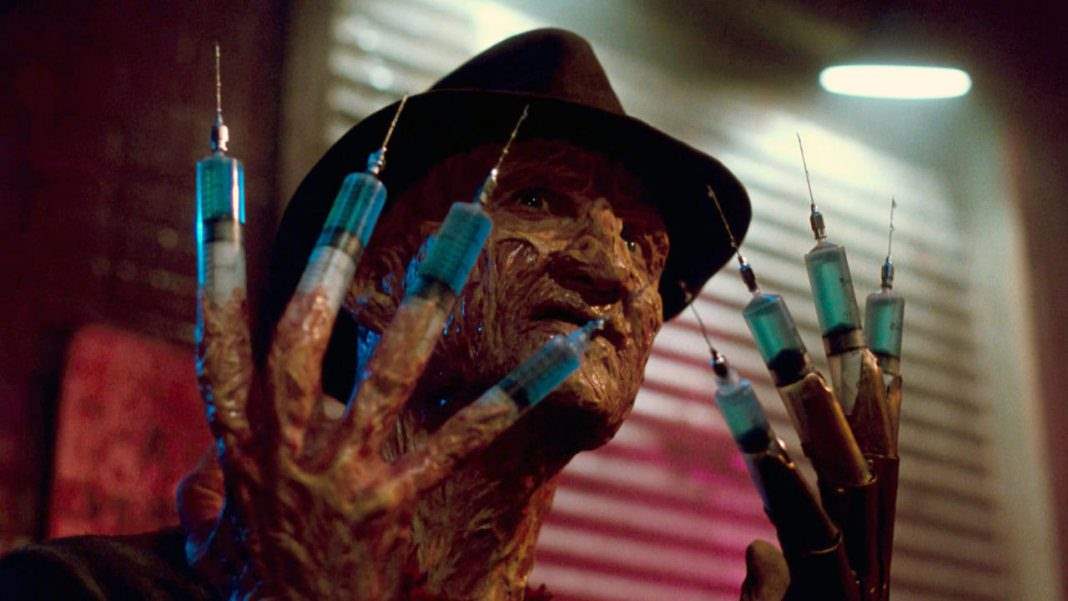Horror movie remakes can be both good and bad simultaneously. Some reboots are wonderful technical achievements but fail at recapturing the magic of the original. Many remakes may even look good on paper. But they fail at recapturing what made the original work in the first place. For a movie to work as a reboot the creators need a respect for the source material and an understanding of why that source material was great to begin with. The creative team behind the remakes outlined below didn’t understand what made the original films work–sometimes they didn’t even take it into account. Though some of the reimaginings below succeed as movies, all of them fail as remakes. Let’s find out why.
Fright Night
Fright Night is a well-paced, humorous remake with a script by former Buffy writer/producer Marti Noxon. It was directed by Craig Gillespie, who helmed the terrific indie dramedy Lars and the Real Girl. It’s a very entertaining film and very professionally done, if a little heavy on the CGI. But as an adaptation of Tom Holland’s Fright Night, however, it falls short. The original did for the Hammer vampire films what Scream did for the slasher genre. The original Fright Night broke down the conventions and tropes of classic vampire cinema and spun them around. The remake is about teenage masculinity, becoming a man and what the image that goes along with that means. It’s about owning up to who you are and is much more of a teenage coming of age story. All of this is fine, except if that’s the focus of the Fright Night remake then there’s really no reason for vampires to be in the feature at all. That doesn’t mean the new versions of Jerry and Evil Ed aren’t interesting, but it takes away all the tongue-in-cheek satire that made the first one great. All of this is sadly proven by the Peter Vincent character. While David Tennant is fun to watch, shifting Peter Vincent from a classic film star to a Vegas magician is jarring.
This remake suffers from a fatal flaw right off the bat. The scariest thing about John Carpenter’s The Fog is that we don’t know what’s out there. All we see is a mysterious, glowing fog and the only things glimpsed inside it are vague shadows. The producers of the remake must have assumed that these things weren’t shown because of budgetary constraints because they decided to put together a remake that showed everything. John Carpenter’s The Fog is about fear of the unknown and without that sense of mystery it just doesn’t work.
Directorial debut of genre master Wes Craven, The Last House on the Left was one of the first truly horrifying movies of the 1970’s. It centers on two young girls who are brutally raped and murdered by a group of criminals. When their car breaks down, the criminals seek help at the nearest house…which happens to belong to the parents of one of the girls. The parents slowly begin to realize what’s going on and decide to take matters into their own hands. They kill the criminals one by one but it doesn’t fix anything. It’s an inverted take on a concept that would later be explored in thrillers like Death Wish. Getting revenge doesn’t solve the problem, their daughter is still dead and now they have blood on their hands. It’s as grim an ending as a movie can have. When the daughter doesn’t die in the remake, it becomes a completely different situation and that’s the problem. The reimagining sets out to be a thrill ride more than a contemplative psychological horror, and watching it try to make the subject matter entertaining is just uncomfortable in all the wrong ways. The new version even has a happy ending where the parents ride off into the sunset with their daughter safe and sound, even taking the least psychotic of the criminals with them.
Gus Van Sant’s remake of Psycho is very different from the other remakes on the list. It is more of an experiment and it’s an experiment that didn’t work. The director was too focused on trying to put Psycho together exactly the way it was first made that he clearly never once stopped to think about why it had been made that way. To put it another way: The Psycho remake completely misses the point of the original because it never stops to consider the point of the original. As a result, it’s a completely hollow movie. It’s just a soulless thing. So much focus was put into getting a certain shot done exactly the way it had appeared in the original without taking into account what that shot had been meant to signify. This is applied to every single scene of the movie, unfortunately, which makes it virtually unbearable to watch. Psycho was a deep, richly layered story and when the remake ignores that it immediately sets itself up for failure. It is made for no other reason than to be a technical achievement and thus it feels completely artificial and totally lacks not only the heart but the suspense that went into the Hitchcock version.
A lot of people really hate this movie. So much, in fact, that it’s almost a shame to put it on this list. Why kick something when it’s down? But the most frustrating thing about this reboot is how close it comes to working. It actually does a lot of things right. Those drastic differences really bring an added element to the story. Is Freddy not guilty or is he just toying with the audience to eventually make them feel terrible for siding with a pedophile? That’s the stuff that worked. But it failed to maintain the delicate balance achieved in the Wes Craven original. The remake is so focused on establishing Freddy’s backstory and trying to be new and relevant that it kind of forgot to be about dreams. The micro naps, which were by far the worst addition to the movie, were clearly added in order to make the dream sequences relevant. You shouldn’t have to fight to try and make dreams relevant in a Nightmare on Elm Street movie. Many reshot scenes were added to duplicate famous dream sequences from the original, and they certainly don’t help the problem either.






